Pakistan
Future of healthcare in Pakistan, Health challenges Pakistan, Health policy Pakistan, Healthcare in Pakistan, Healthcare opportunities, Healthcare reforms Pakistan, Hospitals in Pakistan, Medical facilities Pakistan, Pakistan healthcare system, Public health Pakistan, Zeeshan Azhar
Zeeshan Azhar
0 Comments
The Healthcare System in Pakistan – Challenges and Opportunities
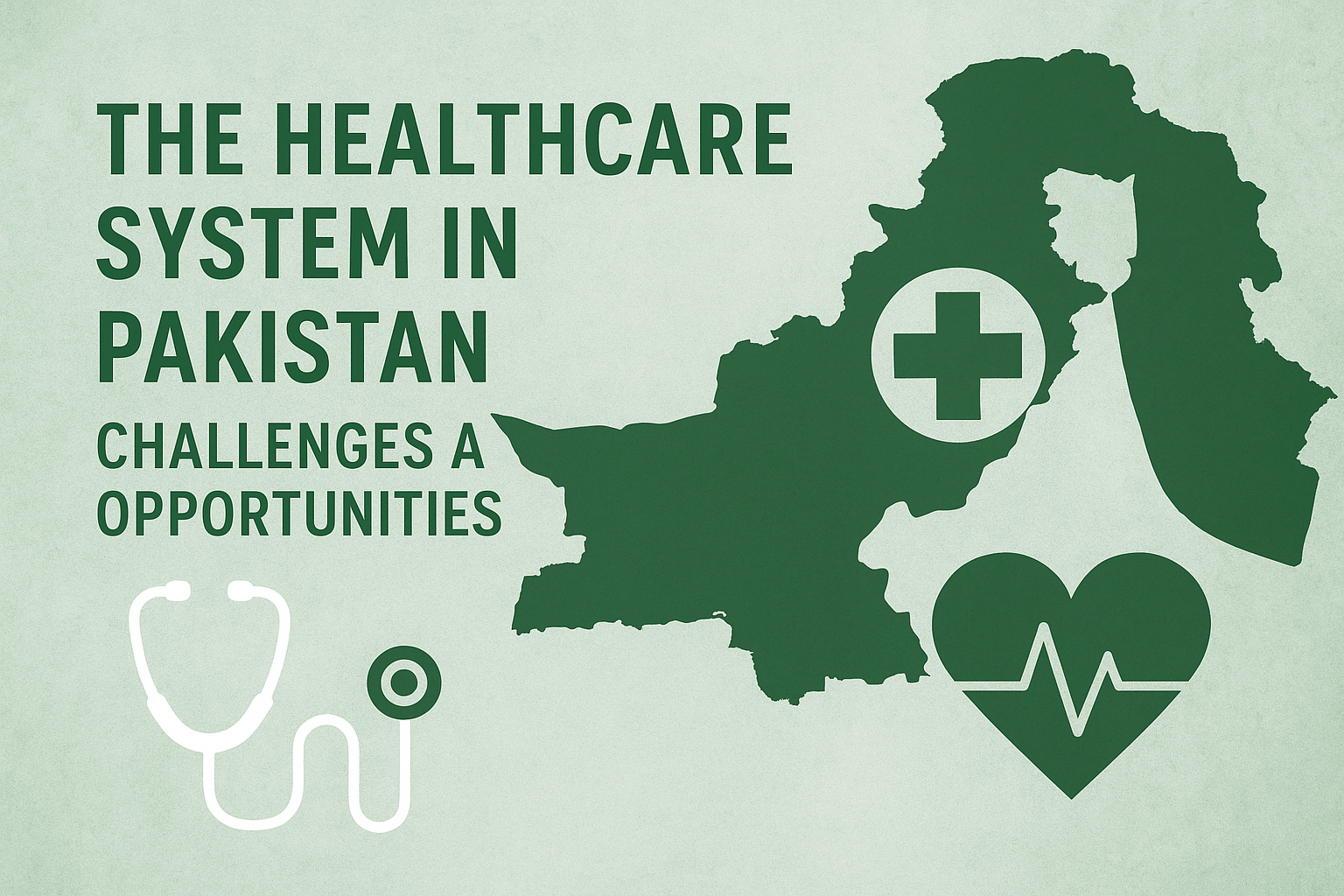
Healthcare is one of the most vital sectors for any nation, as it directly impacts the quality of life, productivity, and overall development of society. In Pakistan, with a population of over 240 million, the healthcare system is constantly under pressure to provide accessible, affordable, and quality care to citizens. While the country has made progress over the years, the challenges remain enormous—but so do the opportunities for reform and innovation.
In this article, we will explore the current structure of Pakistan’s healthcare system, identify its major challenges, and highlight potential opportunities that can pave the way for a healthier future.
Structure of the Healthcare System in Pakistan
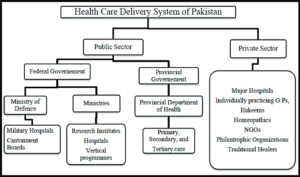
Pakistan’s healthcare system is a mix of public and private sectors:
Public Sector:
Funded mainly by the government.
Includes Basic Health Units (BHUs), Rural Health Centers (RHCs), district hospitals, and tertiary care hospitals.
Services are often free or low-cost but plagued with resource shortages.
Private Sector:
Accounts for more than 70% of outpatient visits.
Includes private clinics, hospitals, diagnostic centers, and pharmacies.
Provides better facilities but at higher costs, making it unaffordable for low-income families.
This dual system creates inequalities, where access to quality care often depends on one’s financial status and geographical location.
Key Challenges Facing Pakistan’s Healthcare System
1. Insufficient Healthcare Infrastructure
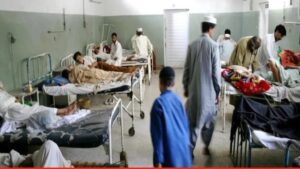
Many rural areas in Pakistan lack basic health facilities. Hospitals are often overcrowded, under-equipped, and understaffed. According to reports, there is only 1 doctor for every 1,300 people and 1 hospital bed for every 1,600 people—far below international standards.
2. Shortage of Trained Medical Staff

While Pakistan produces thousands of doctors each year, many migrate abroad for better opportunities. This “brain drain” leaves local hospitals struggling with shortages of doctors, nurses, and paramedics.
3. Lack of Preventive Healthcare

Most resources are focused on treating illnesses rather than preventing them. Preventive healthcare, such as vaccinations, screenings, and awareness campaigns, receives little attention, leading to avoidable disease outbreaks.
4. High Burden of Communicable and Non-Communicable Diseases
Pakistan faces a double burden:
Communicable diseases like tuberculosis, hepatitis, and malaria are still widespread.
At the same time, non-communicable diseases such as diabetes, hypertension, and heart disease are rapidly increasing due to lifestyle changes.
5. Inequalities in Access
Urban areas have better facilities, while rural regions are often neglected. Women, children, and marginalized communities face the greatest difficulties in accessing healthcare.
6. Low Health Budget

Pakistan spends less than 3% of its GDP on healthcare, far below the recommended 5–6% by the World Health Organization (WHO). This underfunding directly impacts infrastructure, salaries, and the availability of medicines.
7. Corruption and Mismanagement

Corruption, political interference, and mismanagement in public hospitals often lead to poor service delivery, stockouts of essential medicines, and delays in projects.
Opportunities for Improvement
Despite the challenges, Pakistan has significant opportunities to improve its healthcare system:
1. Strengthening Primary Healthcare

By focusing on BHUs and RHCs, Pakistan can reduce the burden on tertiary hospitals. Improving primary healthcare will ensure early diagnosis and management of diseases at the community level.
2. Public-Private Partnerships (PPPs)

Collaboration between the public and private sectors can expand healthcare coverage. For example, NGOs and private hospitals can help run rural clinics more efficiently with government support.
3. Digital Health and Telemedicine

Technology offers immense opportunities:
Telemedicine platforms can connect rural patients with urban specialists.
Mobile health apps can provide disease awareness, vaccination reminders, and mental health counseling.
This is especially important in a country where mobile phone usage is high but hospital access is limited.
4. Medical Education and Training

Expanding nursing schools, paramedical training, and continuous medical education for doctors can help bridge the human resource gap. Incentives should also be provided to retain healthcare workers in Pakistan instead of losing them abroad.
5. Preventive Healthcare Campaigns

Mass awareness campaigns about hygiene, vaccinations, nutrition, and lifestyle diseases can significantly reduce the disease burden. For example, polio eradication campaigns show how awareness efforts can make a difference.
6. Increased Budget Allocation
Allocating a larger share of the GDP to healthcare is crucial. Investment in modern hospitals, labs, and equipment can raise the standard of care while reducing medical tourism abroad.
7. Health Insurance Programs

Government initiatives like the Sehat Sahulat Program (health insurance for low-income families) have shown promise. Expanding such programs can protect millions from catastrophic healthcare costs.
Case Studies and Positive Developments
Shaukat Khanum Memorial Cancer Hospital: A model of excellence in cancer care, showing how private initiatives can complement the public system.
Indus Hospital Network: Provides free quality care and has expanded to multiple cities.
Sehat Card Program: Helps low-income families access treatment for major illnesses without financial ruin.
These examples prove that with the right vision and support, Pakistan’s healthcare system can improve dramatically.
Conclusion
The healthcare system in Pakistan is at a crossroads. On one hand, it faces serious challenges—from infrastructure shortages to financial constraints. On the other, there are immense opportunities for innovation, investment, and reform.
If Pakistan can strengthen its primary healthcare, invest in preventive measures, embrace digital health, and allocate more resources, it can ensure equitable and quality healthcare for all citizens.
As Pakistan looks ahead, building a robust healthcare system should not just be a government priority—it should be a national mission, because a healthy nation is the foundation of a prosperous future.
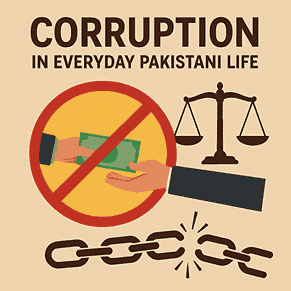

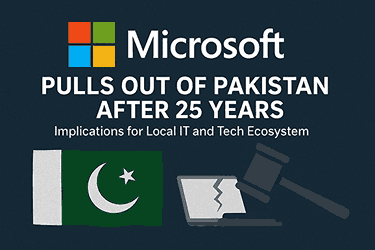










Post Comment